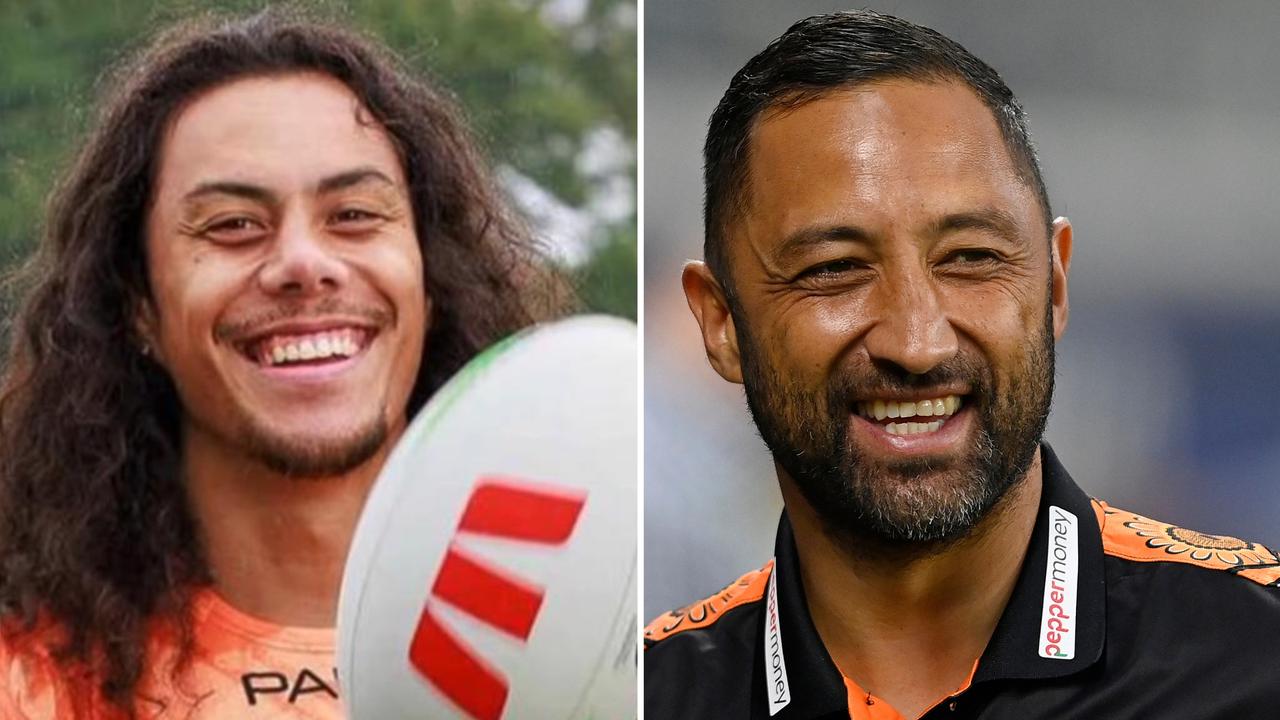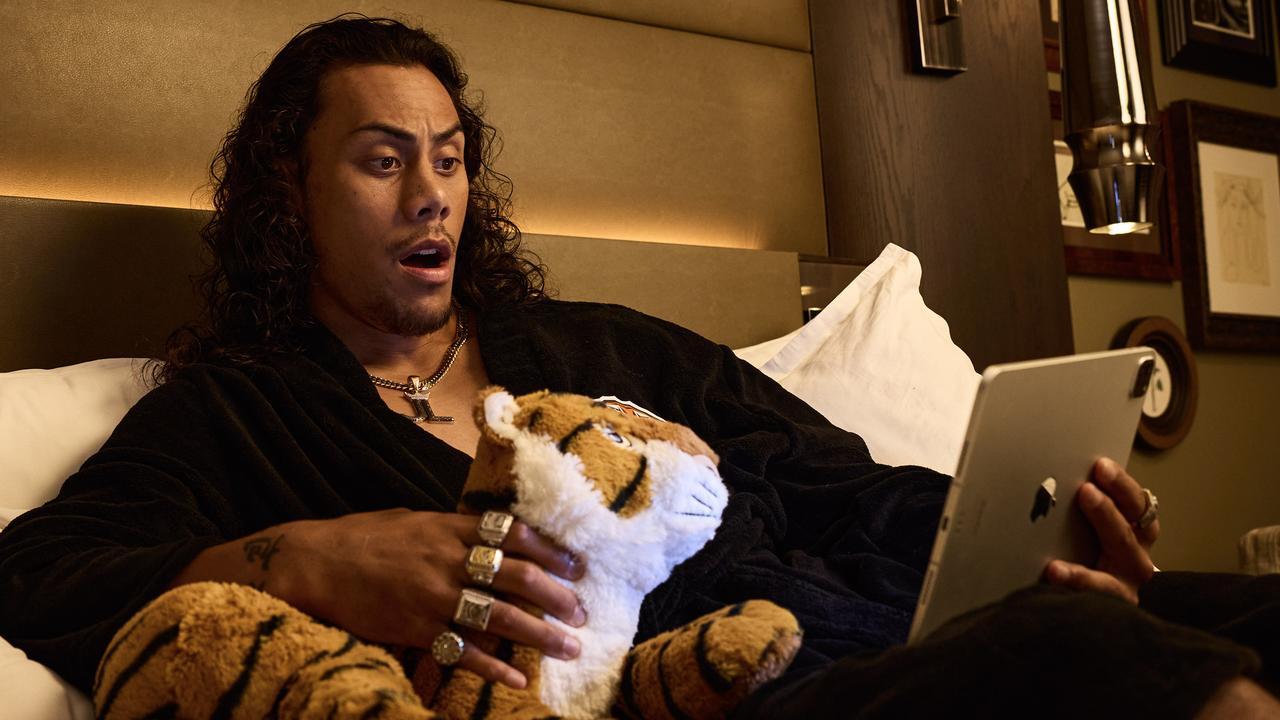What does Moylan-Maloney swap mean for rugby league as a whole?
THE most interesting thing that happened in rugby league last week, aside from the Tonga-Samoa duelling war-cries, was the Matt Moylan-James Maloney swap, writes Mike Colman.
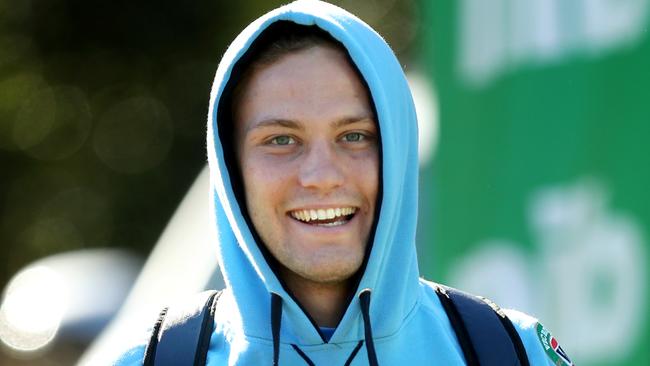
Opinion
Don't miss out on the headlines from Opinion. Followed categories will be added to My News.
THE most interesting thing that happened in rugby league last week, aside from the Tonga-Samoa duelling war-cries of course, was the Matt Moylan-James Maloney swap.
While the finer details of the deal are not known, and probably never will be, the seemingly seamless switcheroo of two of the game’s best playmakers could have enormous ramifications.
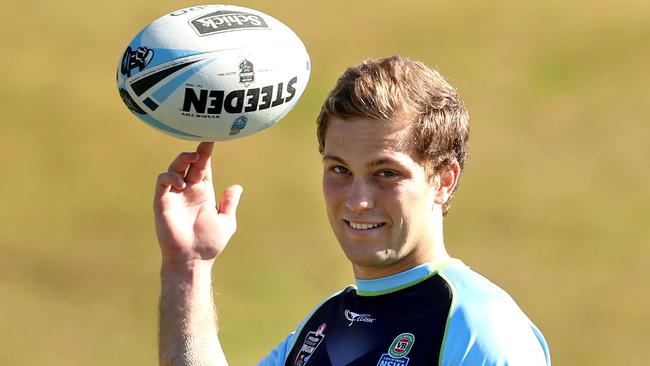
Although not unprecedented — Manly and Eastern Suburbs did a straight exchange of their halfbacks Johnny Mayes and Kevin Junee back in 1974 — in these days of huge money, player agents and “fluid” contracts, it’s a whole new ball game.
“The Mayes-Junee situation was different to this latest one,” said former Manly boss Ken Arthurson.
“Easts coach Jack Gibson wanted our halfback Monkey Mayes, so that left Kevin Junee without a club and we picked him up.
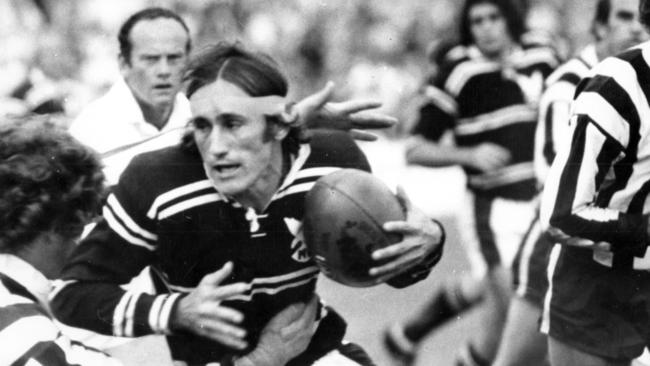
“That was the first year that the League brought in a maximum that you could pay a player. It wasn’t much, about $9000 from memory, but it was the first attempt at a salary cap.
“I know for a fact that Easts broke it to get Monkey, but I broke it myself to sign Phil Lowe from England. That’s how it was back then. Everyone was doing it.”
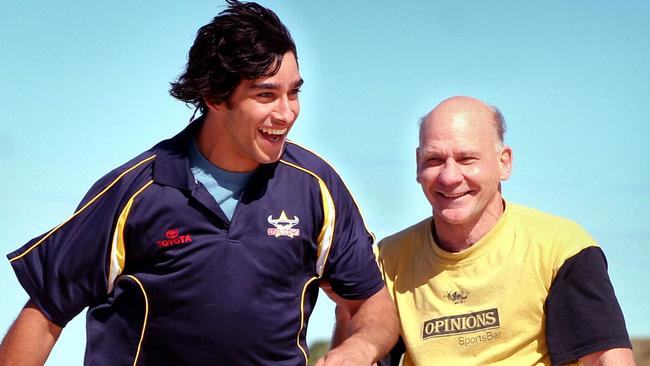
These days the cap is a lot more carefully scrutinised, which makes the current deal between the Panthers and Sharks all the more intriguing.
Obviously Moylan and Maloney are both excellent players. Both have played Origin and Test football and were on similar money. Each has a second string to their bow: Moylan can play both five-eighth and fullback, while Maloney is a top-shelf goal-kicker.
While Maloney was not known to be unhappy at Cronulla, he was looking for a salary upgrade. The Panthers have given him that, while the Sharks have got the X-factor at fullback they have been missing since the forced departure of Ben Barba.
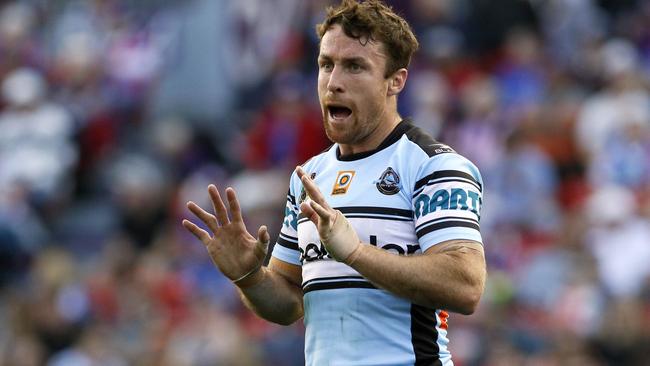
Which club got the better of the swap will be seen in coming months, but the bigger question is what effect will it have on the game as a whole?
What if the two players hadn’t been so similar? What if one club needed to offer a lot more than the other in order to make the deal equitable?
It happens all the time in US professional sport, where athletes are traded like marbles in a schoolyard.
In order to get a player they believe will bring them success — or off-load one they don’t want — football, basketball and baseball clubs put together package deals that would make that bloke from the old “but wait there’s more” TV ads seem tongue-tied.
Anyone who has seen the baseball movie Moneyball will remember the scene where Oakland boss Billy Bean, played by Brad Pitt, engages in a frantic game of telephone tag with fellow club managers in order to sign the rival pitcher already named to play against his team in a few hours.
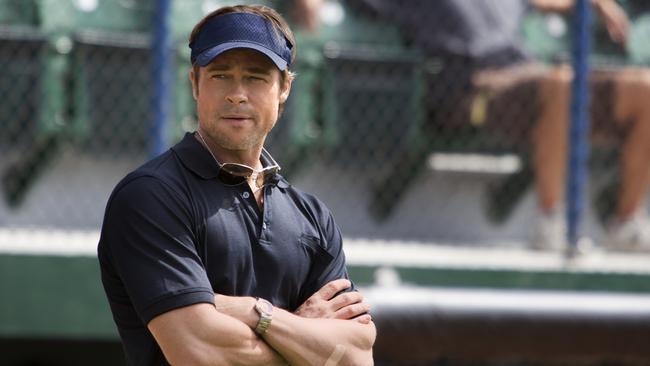
Offering one player and some cash to one club in exchange for another, then handing that player straight onto another club, and another and so on until the deal is finally done, Bean is able to instruct an assistant to tell the newly signed pitcher — who had no knowledge of the horse trading going on for his services — to change uniforms and dressing rooms and get ready to play for the A’s against his old team.
Couldn’t happen here you say? It has already started.
Depending on the draw, mid-season signing Mitchell Moses could quite easily have played for Wests Tigers one week, and then for his new club Parramatta Eels against the Tigers the next.
As for players complaining if they become little more than bargaining chips in a bidding war between club CEOs attempting to improve their rosters, maybe they should have thought of that when their agents made a joke of the expression “legally binding contract”.
Why, who knows, a telephone conversation could be going on right now between two club executives sounding very much like this:
“Okay, so you give us your Holden Cup reserve hooker and we give you Jarryd Hayne, plus the $1.2 million a year we owe him, plus the Keebra Park High School 1st XIII backrow, plus two tickets to Origin II … but wait, there’s more …”.
Originally published as What does Moylan-Maloney swap mean for rugby league as a whole?

